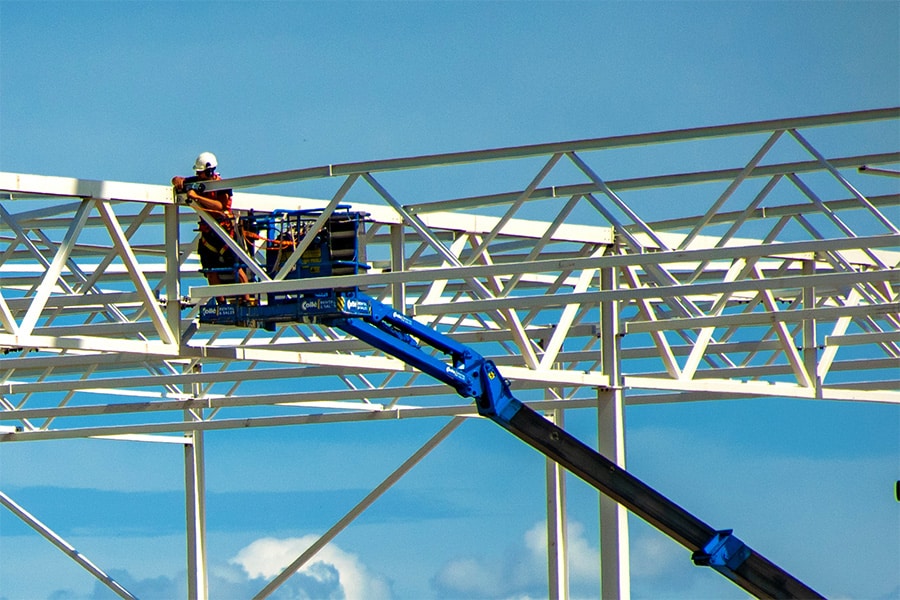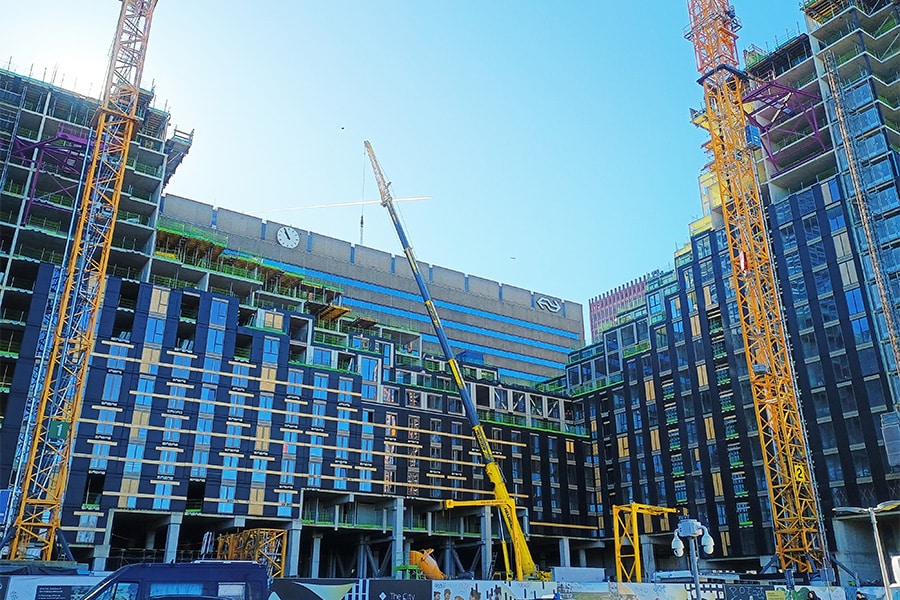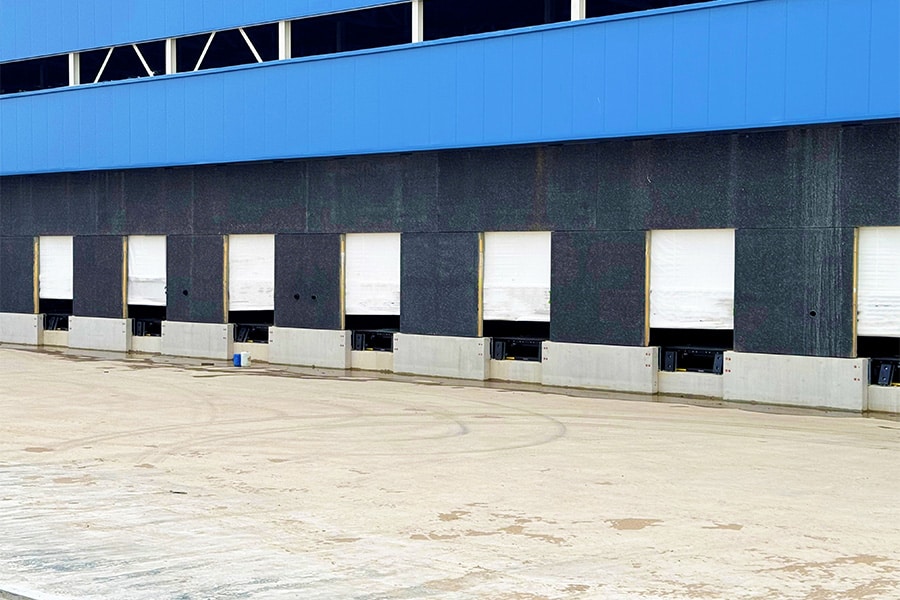
Over 400 prefabricatedP&T elements forDSV in Moerdijk
Concrete specialist delivers nearly 1,400 tons of concrete elements for largest distribution center in Benelux
Anyone driving along the highway comes across one of Van Dijk Beton's many products every so often. After all, the company has been providing the supporting structures for the matrix signs of the Department of Public Works for decades. Another achievement on its impressive resume is the delivery of precast P&T concrete elements, which were incorporated into DSV's XXL distribution center in Moerdijk. "An interesting mega-project, to which we were also allowed to contribute our part. We produced over 400 concrete elements for this enormous building. Added together, that adds up to a length of 1,200 linear meters and a weight of almost 1,400 tons of concrete," says Henk Schaap, commercial director of Van Dijk Beton.
The company makes precast concrete elements, from retaining walls and trench silo walls to commercial floor slabs and underground container containers. It supplies both custom-made products and from its standard range, as well as a combination of both. She owes her fine customer portfolio to tight dimensions and high quality concrete. "This is reflected, among other things, in the way we place our anchors in the elements. Customers often express their appreciation for the extremely precise positioning of these."
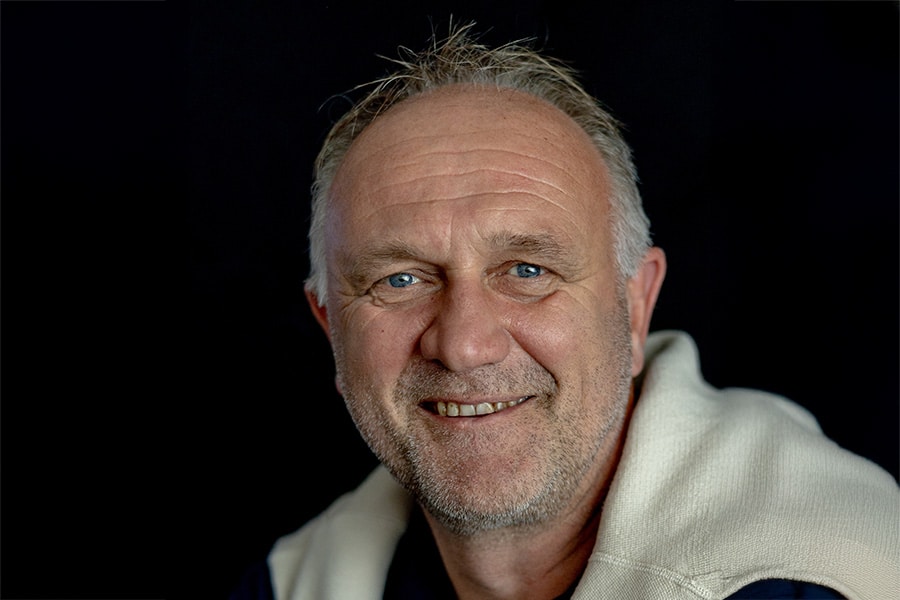
Mega distribution center
What challenges did the project in Moerdijk present? "The P&T elements had to be produced in a limited time. We dealt with that mainly by using extra molds. The design was also changed during the process. Fortunately, we are able to make an additional mold quickly, so that did not pose a problem. Of course, the advantage of a prefab factory is that you can change gears more easily anyway."
Construction of TenneT stations
For some time now, Van Dijk Beton has been working intensively on the construction of TenneT substations: "For this, we supply the foundation beams with the footings in all kinds of shapes and sizes, as well as the cable ducts and associated covers, as well as the shrapnel walls. The latter are a kind of bunker walls that ensure that in the event of an explosion the air pressure is pushed up."

Basalt reinforcement
Currently, Van Dijk Beton is gaining experience in the application of basalt reinforcement. "This application is technically interesting, because this type of reinforcement allows you to work with slimmer concrete elements. For example, we are currently supplying 880 noise barrier elements just eight centimeters thick for a project in Harderwijk. And last year, commissioned by the province of Brabant and in collaboration with Holland Scherm, we were allowed to apply the same solution for a bus depot."
Leaner concrete elements aside, basalt reinforcement has several other advantages over steel reinforcement netting. It is considerably lighter, making it easier for workers to handle. Its tensile strength is up to four times that of steel, and it has excellent resistance to acids, alkalis and temperature variations. Basalt also does not rust, making the usual coverage requirements much less relevant. Finally, the environmental burden is some 30 percent lower than that of steel reinforcement.
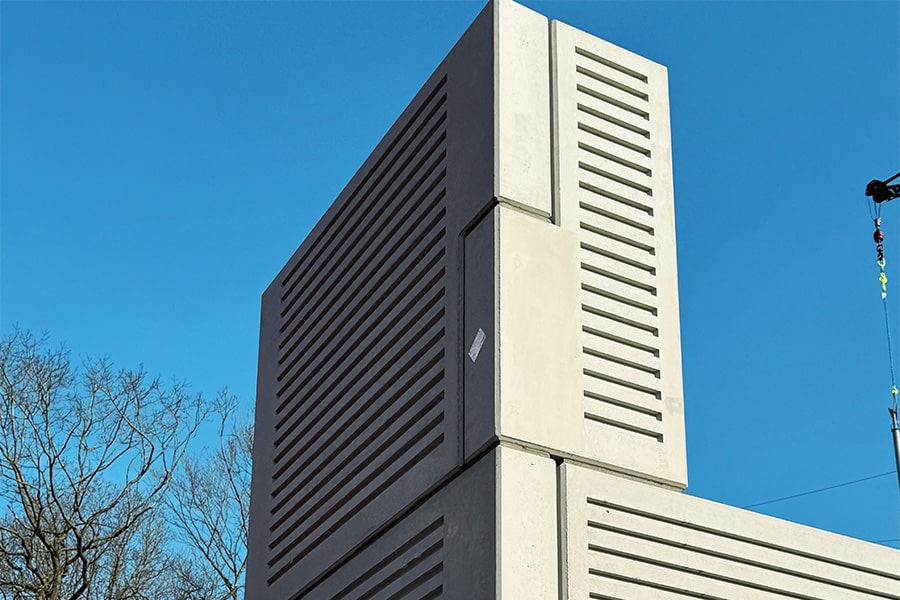
Sustainable
Speaking of sustainability, the company is fully committed to working as sustainably as possible. For example, sister company De Lek Beton is certified for CSC level Gold. "For example, we use at least fifty percent slag in our concrete mortar and use granulates whenever possible. The roofs of our production halls are full of solar panels, we try to use as little transport as possible and we are currently gaining experience driving on HVO. We are also keeping a close eye on the development of geopolymers. We actively participate in the '100 kg CO2 per m3 concrete' working group of Betonproducenten Nederland of the Betonhuis. Coincidentally, I had a delegation from the Betonhuis visit me just this morning to look at the possibilities of geopolymers in the context of the Concrete Agreement."
